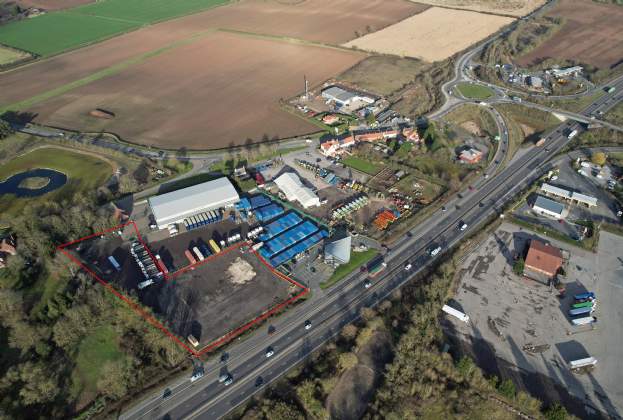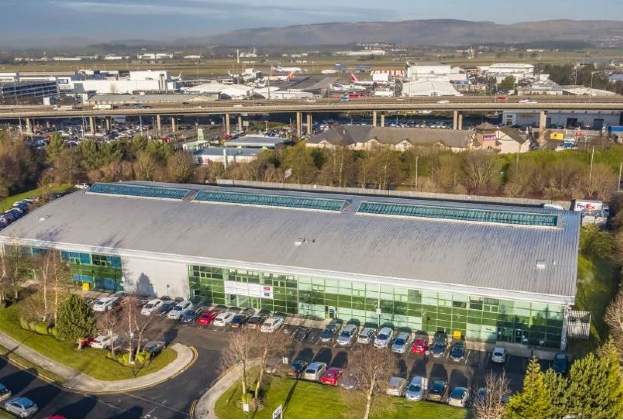While anything could happen in the world of politics at the moment, preparations for the 2021 rating revaluation are most definitely underway with the Valuation Office (VO) gathering rental evidence across the country. Although for some this could provide a degree of long overdue respite from excessive occupational costs, for others it could be quite the opposite.
One of the great hopes of the next revaluation is that it will offer an olive branch to the high street, slashing the business rates burden for many retailers. However, the extent to which it will be the saviour could be questionable given the level of upward-only rent reviews which will continue to keep occupational costs high in the immediate future.
That said, it’s highly likely that the contribution that the retail sector makes to the total business rates revenue will reduce from its current level of over 25 per cent to closer to 20 per cent, signalling a shift in the rates burden between the sectors.
The one thing we do know for certain is that business rates will continue to produce circa £30 billion of revenue per annum for local billing authorities and the Treasury, so which sectors will be making up the difference?
There will be two risks for businesses to consider. Firstly, if a property’s rental value has increased between 2015 and 2019, its rateable value should also rise and there’ll be more to pay in business rates for the three-year period from 1 April 2021.
Secondly, if the sum of all rateable values, regardless of sector, is lower in the 2021 rating list compared to the current 2017 list, the annual multiplier will simply be increased by the Government to make up the shortfall in the revenue from the system. This will increase the amounts payable even further.
Although the VO won’t publish the draft 2021 rating list until 31 December 2020 (three months later than it used to publish it), we can look at broad levels of rents to estimate who will be the winners and the losers from the revaluation.
Savills initial research suggests the following:
• The retail sector has seen reducing rental levels across the vast majority of the country. The North has seen the biggest falls in rental levels, while central London has fared much better and seen rental growth in many instances;
• The office sector has seen rental growth in most locations, with the east midlands showing the lowest growth, but the south east market seeing the biggest gains;
• The logistics sector has seen rental growth in almost all locations, with some of the best sheds witnessing well above average rental growth, particularly in London, the East and the South east.
With margins in logistics operations being notoriously slim, and with a mere 13 weeks between seeing the new rateable values and receiving the new rates bills on 1 April 2021, the coming year is going to be quite critical for this sector to prepare for the very real prospect of increased business rates. While the 2017 rating revaluation was relatively uncontroversial for this sector, 2021 is shaping up to be quite different.
Further information
Contact Savills Consultancy – Business Rates



.jpg)
.jpg)

.jpg)

.jpg)

.jpg)